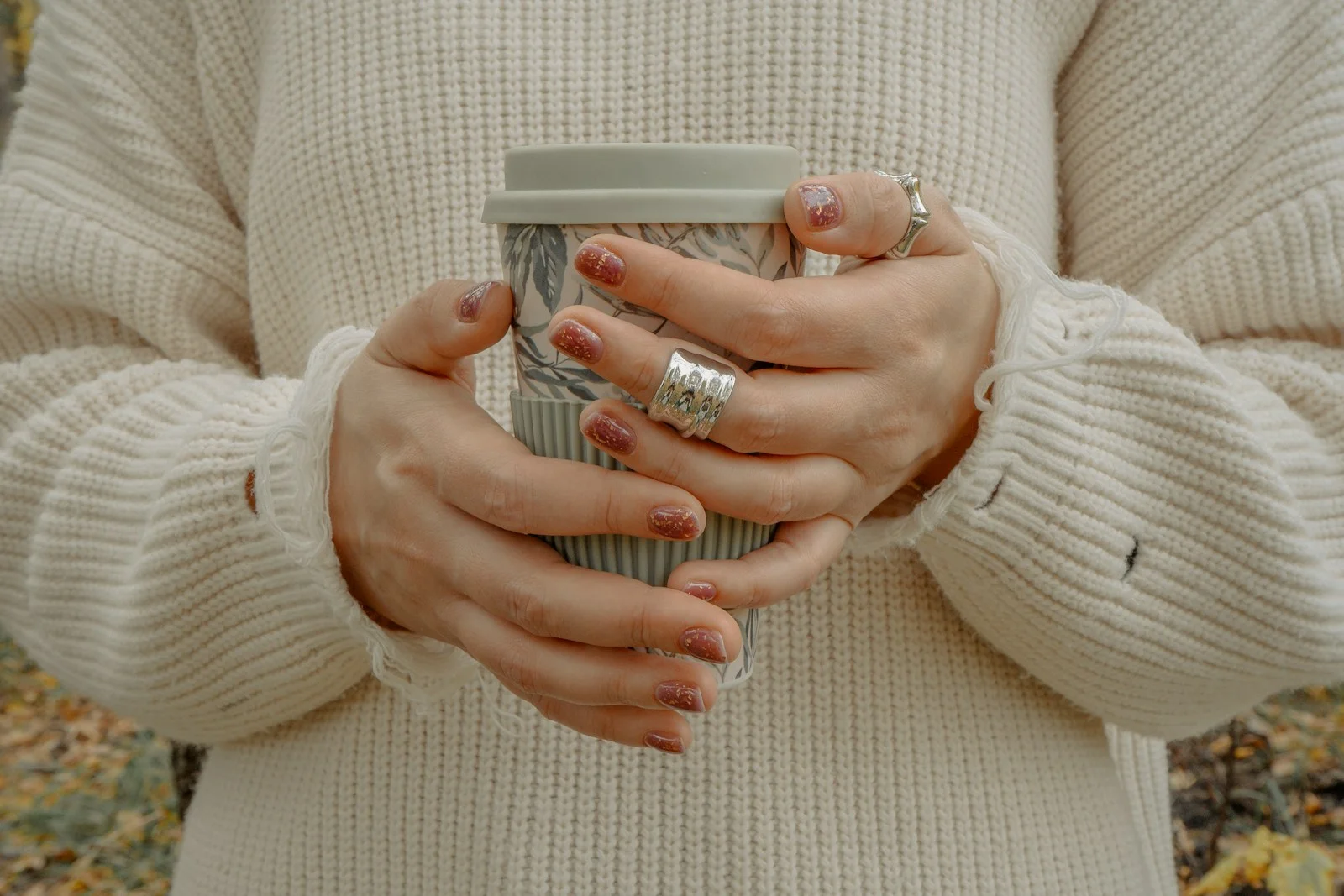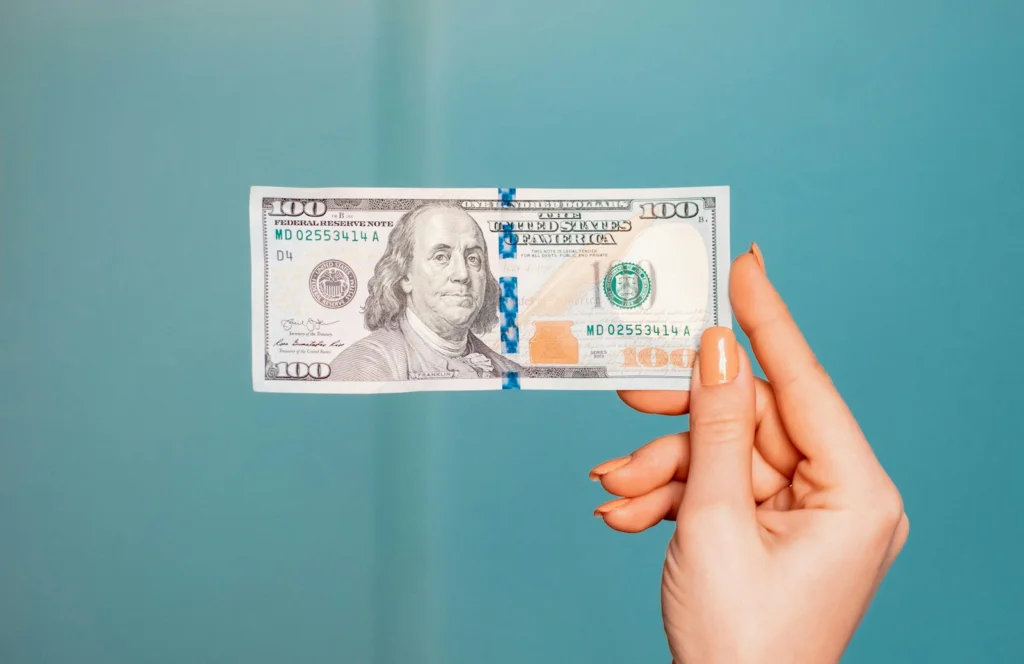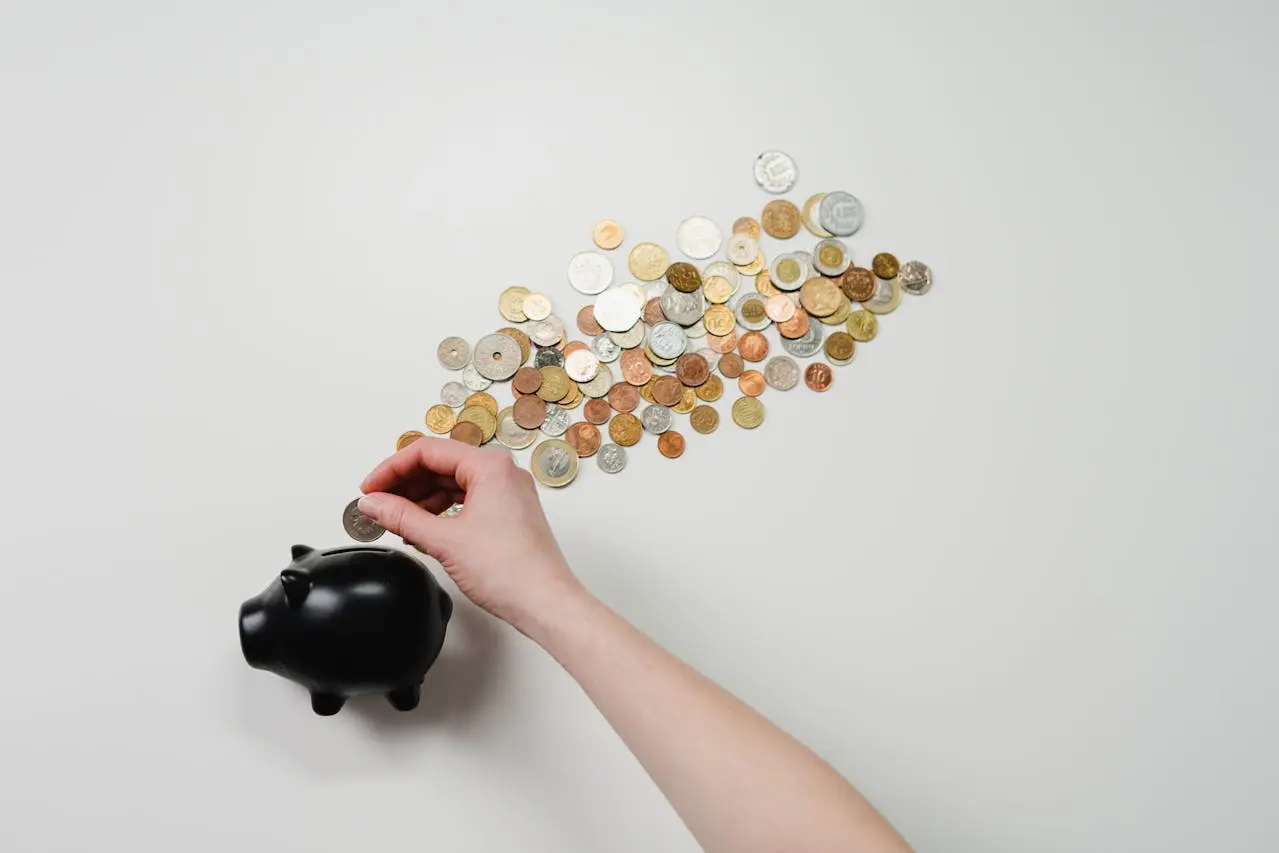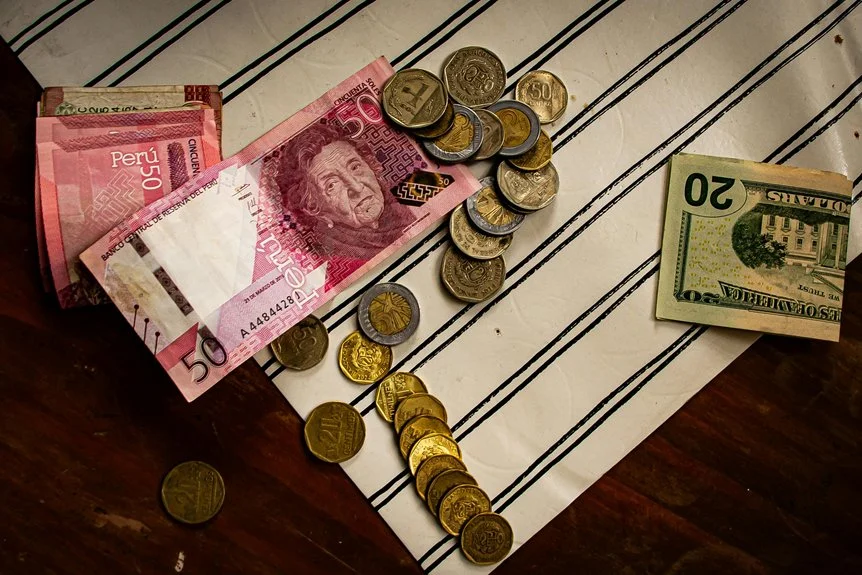I Tried Every Budgeting App for 6 Months – Here’s What Actually Changed My Money Mindset

You know that feeling when you check your bank account and your stomach does a little flip? Yeah, I was living there. For years, I’d convinced myself I was “bad with money” – like it was some personality trait I was born with, not a skill I could actually learn.
So I did something a little crazy. I spent six months testing every major budgeting app I could find. And honestly? What changed wasn’t just my bank balance. It was my entire relationship with money.
Let me tell you what I learned.
The Apps I Tested (And What They Actually Do)
Here’s the breakdown of what I tried. Each app has its own vibe, and honestly, that matters more than you’d think:
| App Name | Monthly Cost | Best For | What I Loved | What Drove Me Nuts |
|---|---|---|---|---|
| YNAB (You Need A Budget) | $14.99 | People who want total control | Made me intentional about every dollar | Steep learning curve – took 3 weeks to “get it” |
| Mint | Free | Beginners who want simplicity | Easy setup, automatic tracking | Too many ads, felt overwhelming |
| Goodbudget | Free-$8/month | Cash envelope lovers | Loved the visual envelope system | Manual entry got tedious |
| PocketGuard | Free-$12.99/month | Impulsive spenders | “In My Pocket” feature was genius | Limited customization |
| Rocket Money | $6-$12/month | Subscription hunters | Found $47/month in forgotten subscriptions! | Pushy upselling |
| EveryDollar | Free-$17.99/month | Dave Ramsey fans | Super simple zero-based budgeting | Premium features too expensive |
The Mindset Shifts That Actually Mattered

1. Money Isn’t Good or Bad – It’s Just a Tool
This sounds obvious, but hear me out. For the longest time, I attached so much emotion to money. Spending felt guilty. Saving felt restrictive. The apps forced me to see money as neutral – just a resource I could direct toward things I cared about.
As financial therapist Bari Tessler writes in The Art of Money: “Money is simply a mirror of our lives, reflecting our values, our fears, our dreams, and our struggles.”
That quote hit different after tracking my spending for a month. Turns out, I was spending $200 a month on takeout because I was exhausted, not because I was “bad with money.” The real issue? I needed to fix my work-life balance, not just my budget.
2. Awareness Changes Everything
In month one, I just tracked. Didn’t try to change anything – just watched where my money went. And wow, was that eye-opening.
My spending reality check:
- Coffee shops: $127/month (I thought it was like $40)
- Streaming services: 6 subscriptions I forgot about
- “Quick Target runs”: $340/month (this one hurt)
- Apps and digital subscriptions: $52/month
The apps didn’t judge me. They just showed me the facts. And somehow, seeing those numbers took away the shame and replaced it with curiosity. “Huh, I wonder what would happen if I changed this?”
3. You Can’t Hate Yourself Into Better Habits
This was the game-changer. Every time I messed up my budget (which was often at first), I’d spiral into this shame cycle. “Why can’t I just be responsible? Everyone else has this figured out.”
But here’s what the apps taught me: everyone starts over. Every. Single. Day.
YNAB has this feature called “Roll With The Punches” – basically, when you overspend in one category, you just move money from another category. No guilt. No starting over. Just adjust and keep going.
That flexibility? That’s what made it stick. I wasn’t failing when I spent $40 on books I didn’t plan for. I was just making a choice and adjusting accordingly.
My Monthly Progress (The Real Numbers)
I’m sharing this because I want you to see that progress isn’t linear. Some months I crushed it. Some months I barely scraped by. And that’s okay.
| Month | Emergency Fund | Credit Card Debt | Money Anxiety (1-10) | Biggest Win |
|---|---|---|---|---|
| Month 1 | $0 | $3,847 | 9 | Just tracking spending |
| Month 2 | $250 | $3,847 | 8 | Found $47 in forgotten subscriptions |
| Month 3 | $750 | $3,400 | 6 | First time I didn’t overdraft! |
| Month 4 | $1,100 | $2,900 | 5 | Automated everything |
| Month 5 | $1,500 | $2,400 | 4 | Negotiated lower car insurance |
| Month 6 | $2,000 | $1,800 | 3 | Felt actual peace checking my account |
That anxiety score? That’s the real win. I went from losing sleep over money to feeling… calm. Not perfect. Not rich. Just calm.
What Actually Worked (My Honest Recommendations)
If You’re Just Starting Out:
Start with Mint or PocketGuard. They’re free, they’re simple, and they won’t overwhelm you. Yes, Mint has ads. But when you’re learning to swim, you don’t start in the deep end.
If You Want Real Transformation:
YNAB changed my life, but I’m not gonna lie – it’s intense. The first two weeks, I wanted to quit. The app makes you assign every single dollar a job before you spend it. It’s proactive instead of reactive.
But once it clicked? Game over. I stopped feeling controlled by money and started feeling in control of it.
They have a 34-day free trial and free workshops that actually teach you the method. Take the workshops. Seriously.
If You’re Drowning in Subscriptions:
Rocket Money (formerly Truebill) will find and cancel subscriptions for you. It found six I’d completely forgotten about. That’s $47 back in my pocket every month without lifting a finger.
If You Like the Cash Envelope Method:
Goodbudget is your app. It’s digital envelopes – you allocate money to different categories and watch the envelopes empty as you spend. Super visual, super satisfying.
The Resources That Helped Me Understand Money Better

Books That Changed How I Think:
- “The Psychology of Money” by Morgan Housel – This book made me realize everyone’s relationship with money is shaped by their own unique experiences. There’s no “right” way, just your way. (Amazon link)
- “I Will Teach You to Be Rich” by Ramit Sethi – Despite the cringey title, this book is gold. It’s practical, funny, and doesn’t make you feel bad about wanting nice things. (Official site)
- “Your Money or Your Life” by Vicki Robin – Made me think about the true cost of everything: how many hours of my life am I trading for this purchase? Deep but life-changing. (Amazon link)
Podcasts for Your Commute:
- “So Money” with Farnoosh Torabi – Real talk about money without the judgment
- “The Fairer Cents” – Two women discussing personal finance in the most relatable way
- “Afford Anything” with Paula Pant – “You can afford anything, but not everything” became my mantra
YouTube Channels That Don’t Talk Down to You:
- The Financial Diet – Run by women, for women, about real life money stuff
- Our Rich Journey – A couple documenting their journey to financial independence
- Minority Mindset – Jaspreet Singh breaks down complex stuff in simple terms
Movies/Documentaries (Because Sometimes You Need to See It):
- “Playing with FIRE” (2019) – Documentary about a family’s journey to financial independence. It’s on Amazon Prime and honestly made me cry? (Watch on Amazon)
- “Maxed Out” (2006) – Eye-opening look at consumer debt in America. Older but still relevant.
- “The Price We Pay” (2014) – About inequality and wealth, makes you think bigger picture.
The Practical Stuff Nobody Tells You
Set Up These Three Accounts (Seriously, Do It Today):
- Checking – For daily expenses and bills
- High-yield savings – For your emergency fund (I use Marcus by Goldman Sachs or Ally Bank – both have way better interest rates than traditional banks)
- Fun money account – This was a game-changer. Guilt-free spending money that’s already budgeted.
Automate Everything You Can:
I set up my paychecks to automatically split:
- 50% to checking (bills and expenses)
- 30% to savings
- 20% to debt payoff/investments
You can adjust these percentages, but the automation means I’m not relying on willpower. It just happens.
The “One Number” That Changed Everything:
Every app will give you a million numbers. But the one that mattered most to me? My “safe to spend” number.
This is what’s left after bills, savings, and debt payments. This is my number. I can spend it without guilt, without math, without stress. PocketGuard calls it “In My Pocket.” YNAB shows it as “Ready to Assign.” Find your version of this number and let it give you permission to breathe.
The Quotes I Wrote on Sticky Notes

Sometimes you just need someone to tell you it’s gonna be okay. These quotes got me through the hard months:
“You will never feel like you have enough money. There will always be something more you want. The goal isn’t more money; it’s peace with what you have.” — Unknown
“A budget is telling your money where to go instead of wondering where it went.” — Dave Ramsey
“It’s not about how much money you make. It’s about how much money you keep.” — Robert Kiyosaki
“The habit of saving is itself an education; it fosters every virtue, teaches self-denial, cultivates the sense of order, trains to forethought, and so broadens the mind.” — T.T. Munger
“Don’t tell me what you value. Show me your budget, and I’ll tell you what you value.” — Joe Biden
That last one hit hard. My budget showed me I valued convenience over cooking, scrolling over sleeping, and stuff over experiences. Once I saw that, I could change it.
What I’d Tell My Past Self
If I could go back to that first day when I downloaded my first budgeting app, here’s what I’d say:
You’re not broken. You just haven’t learned this skill yet. And yeah, it’s wild that nobody teaches us this stuff in school, but that’s not your fault.
Start smaller than you think you need to. Don’t try to overhaul your entire financial life in week one. Just track for a month. That’s it. Awareness first, changes second.
You’re going to mess up. You’ll blow your budget. You’ll forget to log expenses. You’ll get discouraged. This is part of learning, not evidence that you can’t do it.
The app doesn’t matter as much as you think. I spent hours researching the “perfect” app. Truth? The best app is the one you’ll actually use. Start with a free one and give it a real shot for at least two months before switching.
Your worth isn’t tied to your bank account. This is the big one. You are valuable whether you have $5 or $5,000. This journey is about building skills and peace, not proving anything to anyone.
The Real Bottom Line
After six months and testing every app I could get my hands on, here’s the truth: the app didn’t change my money mindset. I did.
The apps were just mirrors, showing me my patterns, my fears, my priorities. They gave me data where I used to have anxiety. They gave me choices where I used to feel trapped.
I’m not rich now. I’m not debt-free (yet). But I’m peaceful. I check my bank account without that stomach flip. I make decisions instead of avoiding them. I know where my money is going because I’m the one directing it.
And you know what? If I can do this – someone who used to hide from mail and avoid checking my balance – you absolutely can too.
Your Next Steps (Keep It Simple)
Don’t overthink this. Just do these three things this week:
- Download one free app (Mint or PocketGuard if you’re overwhelmed)
- Connect your accounts (yes, it’s scary, but the apps are secure)
- Just observe for one week (no changes, no judgment, just watch)
That’s it. That’s your homework.
You don’t need to have it all figured out. You don’t need to be perfect. You just need to start.
And hey, if you mess up? That’s just data too. Use it, learn from it, and keep going.
You’ve got this. I promise.
Want more honest money talks? The journey isn’t always pretty, but it’s worth it. And you’re definitely not alone in figuring this out. 💛
Additional Resources:
- National Foundation for Credit Counseling – Free and low-cost financial counseling
- r/personalfinance Wiki – Comprehensive free resource
- Consumer Financial Protection Bureau – Tons of free tools and guides
- Khan Academy Personal Finance Course – Completely free video lessons
Remember: financial wellness is a journey, not a destination. Be kind to yourself along the way.





Leave a Reply